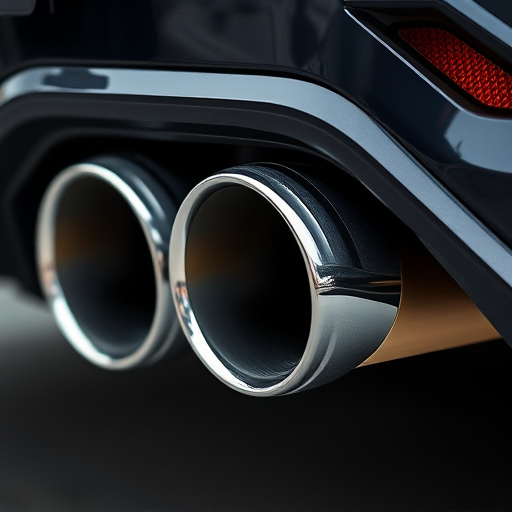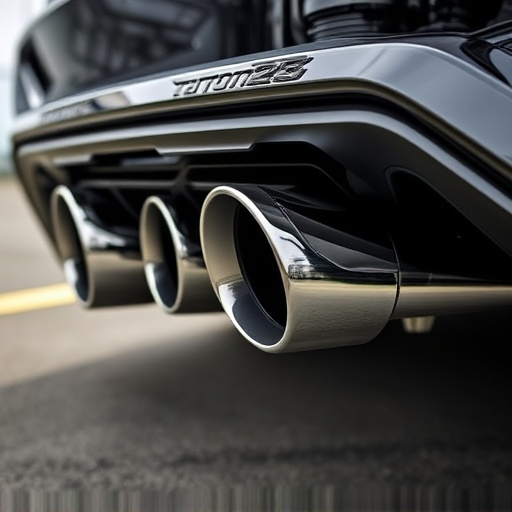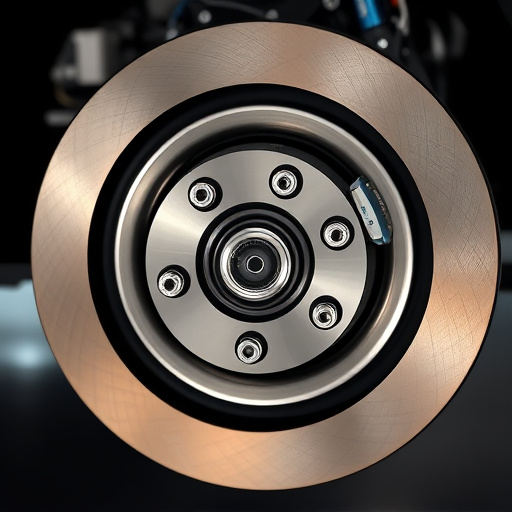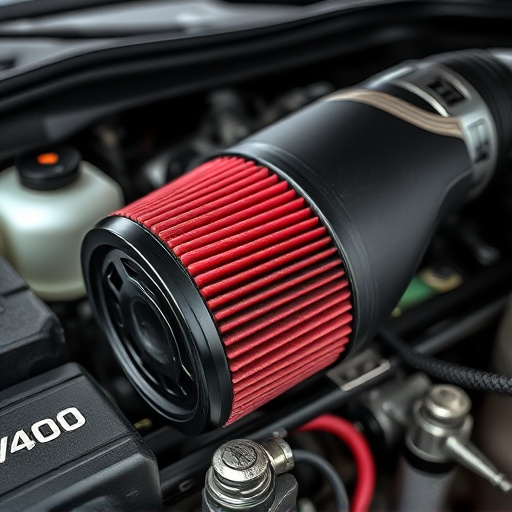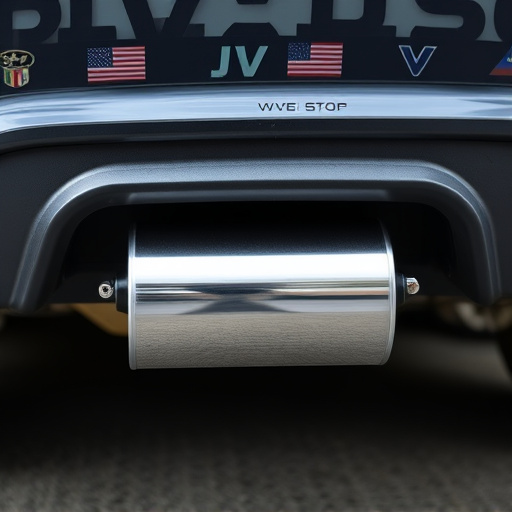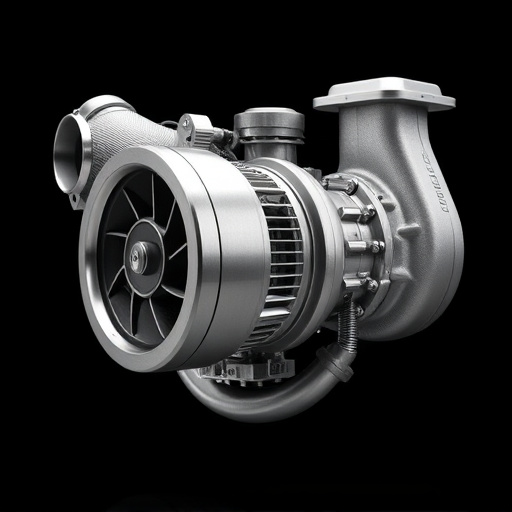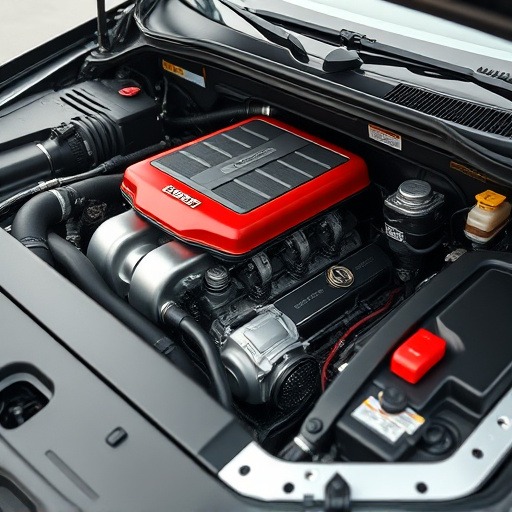Dyno tuning, performed on a dynamometer (dyno), safely optimizes engine performance by precisely measuring horsepower, torque, and fuel efficiency under load. Beneficial for vehicles with performance upgrades, it ensures each component contributes optimally to overall output while maintaining safety and reliability. This meticulous process is crucial for car enthusiasts and professional racing teams, providing controlled testing to fine-tune performance without real-world risks. Best practices include accurate dyno calibration, high-quality sensors, standardized test conditions, focused adjustments, safety measures, and suspension kits for precise tuning.
Dyno tuning, a precision engineering technique, offers a controlled environment for testing and optimizing vehicle performance. This article delves into the fundamentals of dyno tuning, highlighting its significant advantages in ensuring safe and consistent test results. We explore best practices to achieve repeatable outcomes, empowering enthusiasts and professionals alike to harness dyno tuning’s potential. Discover how this method revolutionizes performance evaluation, providing invaluable insights into your vehicle’s dynamics.
- Understanding Dyno Tuning: The Basics
- Advantages of Dyno Tuning for Safe and Consistent Tests
- Best Practices for Achieving Repeatable Results with Dyno Tuning
Understanding Dyno Tuning: The Basics
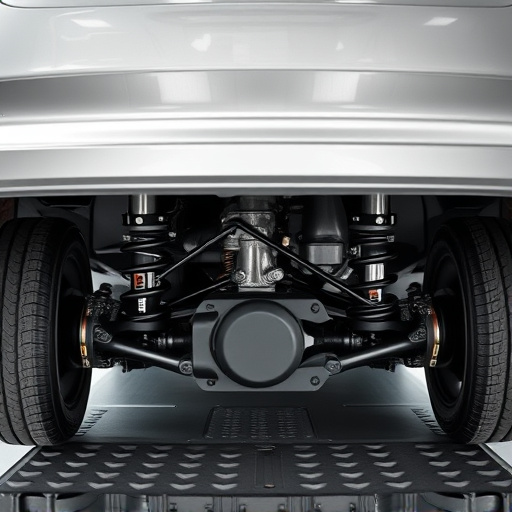
Dyno tuning is a process that allows for precise adjustments to an engine’s settings while it’s connected to a dynamometer (dyno). This advanced testing method provides controlled, repeatable conditions, enabling tuners and engineers to optimize performance safely. By monitoring various parameters like horsepower, torque, and fuel efficiency under load, dyno tuning offers insights into how different modifications impact the engine’s overall output.
This technique is particularly valuable for fine-tuning vehicles with performance air filters, exhaust systems, or cold air intakes. It ensures that each component contributes optimally to the engine’s performance without compromising safety or reliability. Dyno tuning isn’t just about maxing out horsepower; it’s a meticulous process of balancing power, efficiency, and endurance, making it an indispensable tool for serious car enthusiasts and professional racing teams alike.
Advantages of Dyno Tuning for Safe and Consistent Tests
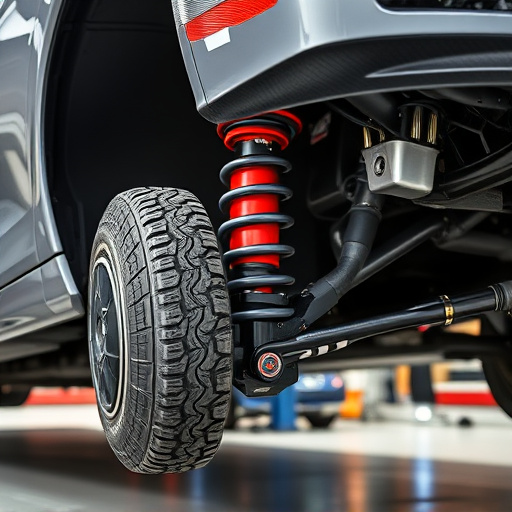
Dyno tuning offers a controlled environment for testing vehicles, ensuring safe and consistent results every time. This method allows engineers and mechanics to fine-tune various aspects of a car’s performance without exposing it to real-world driving conditions, which can be unpredictable. By using specialized equipment, such as dynamometers, technicians can accurately measure power output, torque, and other crucial parameters while making adjustments to critical components like intake systems, suspension kits, and exhaust tips.
This approach provides several advantages. It enables precise tuning, allowing for optimal performance tailored to specific needs. Dyno tuning also facilitates the identification of potential issues or bottlenecks in a vehicle’s setup, ensuring that any modifications are made with full knowledge of their effects. Moreover, it offers repeatability, meaning that if adjustments need to be refined or checked against standards, the process can be easily repeated under controlled conditions.
Best Practices for Achieving Repeatable Results with Dyno Tuning
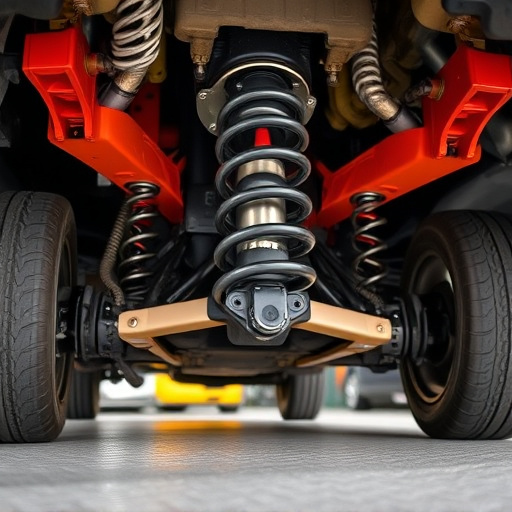
To achieve repeatable results with dyno tuning, best practices involve meticulous preparation and consistent procedures. Start by ensuring your dyno is properly calibrated and maintained to guarantee accurate readings. Use high-quality sensors and data acquisition systems for precise measurements. Standardize test conditions, including ambient temperature, humidity, and atmospheric pressure, to minimize variables.
When tuning, focus on one adjustment at a time, allowing ample testing and logging between changes. Implement a structured approach, such as following a sequential protocol or using a base map as a starting point. Incorporate safety measures like proper ventilation and heat management to prevent damage during high-performance tests. Additionally, utilize suspension kits and coilover kits to fine-tune handling and ride quality, ensuring optimal vehicle performance throughout the tuning process.
Dyno tuning offers a safe and controlled environment for testing, ensuring consistent results every time. By understanding the fundamentals and implementing best practices, engineers can leverage this technique to achieve repeatable performance metrics. This method is particularly valuable in the automotive industry, where safety and reliability are paramount. Embracing dyno tuning allows for comprehensive evaluation, enabling mechanics and technicians to fine-tune vehicles for optimal performance without endangering drivers or the public.








